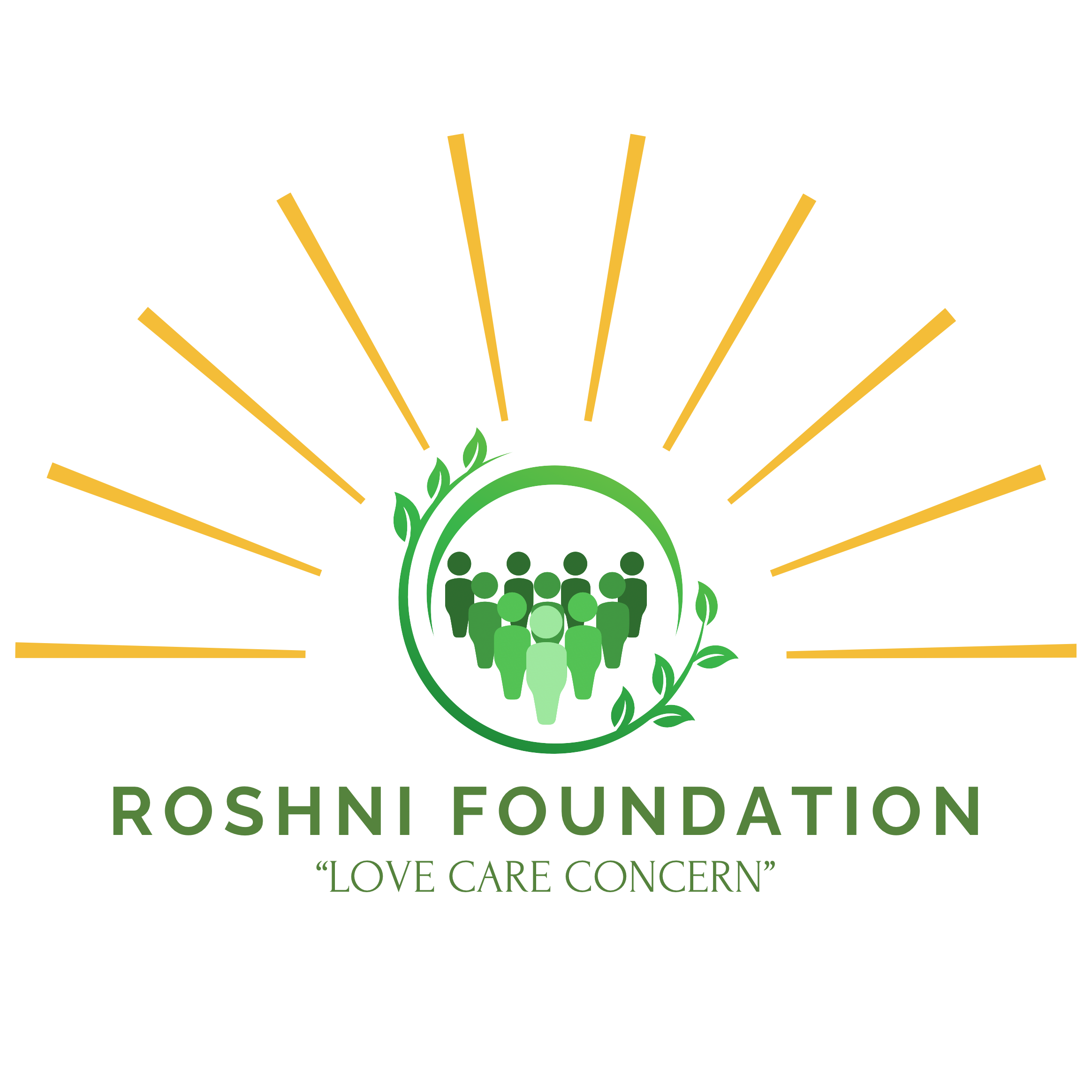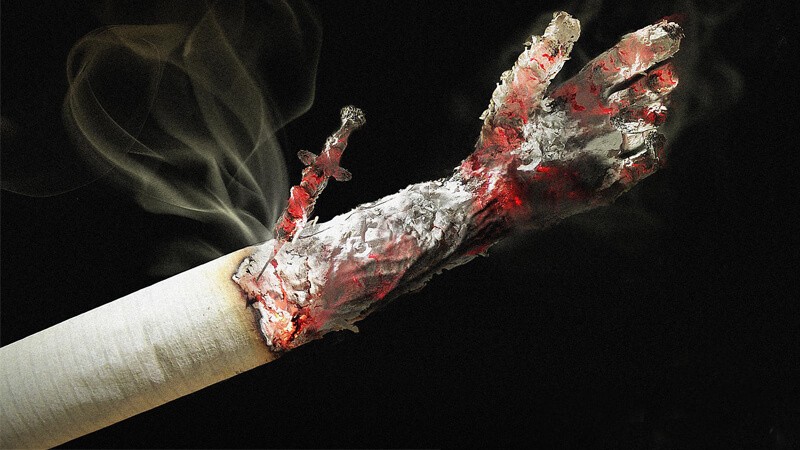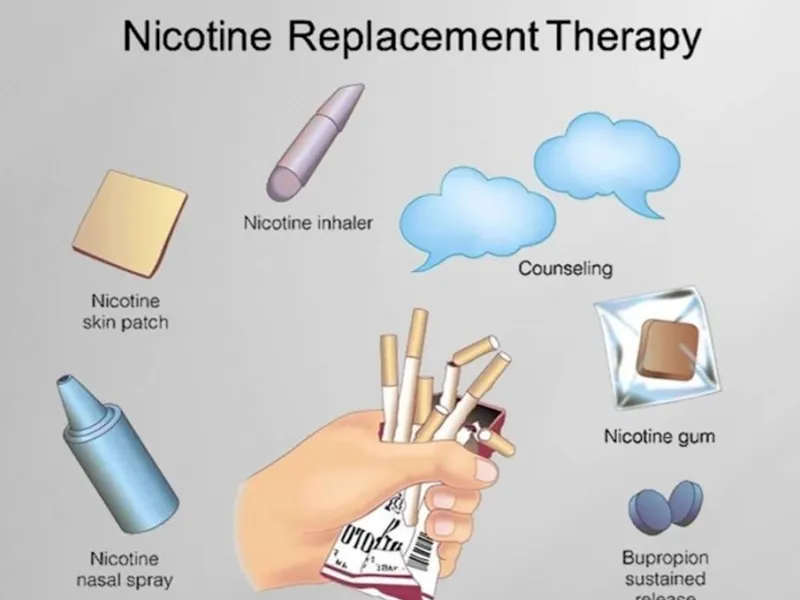Nicotine, the addictive substance found in tobacco products, holds millions of people in a quiet but powerful trap. While widely accepted as part of social habits—cigarettes during breaks, hookah in gatherings, chewing tobacco in tradition—the long-term cost of nicotine use is devastating. Nicotine addiction recovery has become one of the most pressing health concerns globally, as the burden of smoking-related diseases continues to rise. From cardiovascular issues to cancer, the implications are clear—but the journey to quitting is anything but easy.
At Roshni Foundation, our work with individuals seeking to free themselves from nicotine dependence has shown us that quitting isn’t simply about willpower. It’s about creating a structured, compassionate recovery system. Nicotine addiction recovery requires a deep understanding of the psychological, physical, and emotional elements that drive dependence. As a result, we design programs that blend evidence-based treatment with personalized care, addressing the root causes and relapse triggers.
Whether you’re using cigarettes, e-cigarettes, chewing tobacco, or other forms of nicotine, this guide will provide proven strategies to support long-term recovery. From behavioral interventions to medication-assisted therapies, each method aims to empower the individual to regain control. The following sections break down the process of nicotine addiction recovery, offering insights and tools that promote real, lasting change.
The Nature of Nicotine Addiction
Before diving into recovery methods, it’s essential to understand how nicotine addiction develops. Nicotine affects the brain’s reward system by triggering dopamine release—creating feelings of pleasure and stress relief. Over time, the brain becomes reliant on nicotine for mood regulation, leading to physical and psychological dependence.
What makes nicotine addiction recovery especially challenging is the habitual nature of its use. Smoking or chewing tobacco becomes tied to everyday routines: morning coffee, post-meal rituals, stressful work hours, or socializing. These patterns are deeply embedded, which means recovery isn’t just about removing nicotine; it’s about reshaping behavior and mindset.
Nicotine withdrawal also presents its own hurdles. Symptoms like irritability, anxiety, insomnia, and intense cravings can make quitting seem unbearable. That’s why structured intervention is so crucial. Programs focused on nicotine addiction recovery should address both the brain’s chemical reliance and the behavioral habits that sustain addiction.
Behavioral Therapies: Rewiring Habits and Triggers
One of the most effective ways to support nicotine addiction recovery is through behavioral therapy. This approach focuses on identifying the cues that trigger tobacco use and replacing them with healthier responses. Cognitive Behavioral Therapy (CBT) is particularly effective, helping individuals understand the link between their thoughts, emotions, and behaviors.
Through CBT, clients learn to:
-
Identify high-risk situations for relapse, such as social events or stressful days.
-
Challenge irrational beliefs like “I need a smoke to relax” or “One cigarette won’t hurt.”
-
Develop alternative coping strategies such as deep breathing, journaling, or physical activity.
Therapists at Roshni Foundation work closely with clients to personalize these techniques, ensuring they align with individual triggers and life situations. Group therapy is also beneficial in nicotine addiction recovery, offering peer support and shared learning that can greatly increase success rates.
Behavioral support is often provided over several months, as studies show that consistent guidance significantly increases the likelihood of long-term abstinence.
Nicotine Replacement Therapy (NRT): A Gradual Step-Down
Nicotine Replacement Therapy (NRT) is another proven strategy for nicotine addiction recovery. The idea is simple but effective: provide the body with controlled, lower doses of nicotine without the harmful chemicals found in tobacco smoke. This reduces withdrawal symptoms and allows individuals to focus on breaking the behavioral aspect of addiction.
NRT options include:
-
Nicotine patches
-
Nicotine gums
-
Lozenges
-
Nasal sprays or inhalers
These methods can be used alone or in combination with behavioral therapies for maximum effectiveness. They are particularly helpful for individuals who have tried quitting “cold turkey” and failed due to intense withdrawal.
At Roshni Foundation, NRT is always administered under clinical supervision to ensure correct dosage and timing, minimizing side effects and enhancing results.

Medication-Assisted Treatment: Prescription Support
For individuals with a long history of tobacco use or those who’ve tried to quit multiple times, prescription medication can be a crucial aid in nicotine addiction recovery. Medications like bupropion (Zyban) and varenicline (Chantix) work differently from NRT—they target nicotine receptors in the brain to reduce cravings and dull the pleasure response from tobacco.
These medications can be used for 8 to 12 weeks, sometimes longer, and are most effective when combined with counseling. Common benefits include:
-
Decreased cravings and withdrawal symptoms
-
Lowered satisfaction from nicotine, reducing relapse risk
-
Increased emotional resilience during early recovery stages
These medications are not for everyone and require medical evaluation before starting. Side effects are usually mild but may include nausea, vivid dreams, or dry mouth.
At Roshni Foundation, doctors evaluate each individual to determine the most appropriate pharmacological support based on their health history, addiction severity, and co-occurring mental health conditions.
Mindfulness and Stress Management in Recovery
Stress is one of the most common triggers for relapse in nicotine addiction recovery. Therefore, learning how to manage stress without reaching for a cigarette or tobacco product is essential. Mindfulness practices help individuals stay present and observe their cravings without acting on them.
Techniques such as:
-
Deep breathing exercises
-
Guided meditation
-
Progressive muscle relaxation
-
Yoga and movement therapies
are integrated into recovery programs at Roshni Foundation to foster mental clarity and emotional balance.
Mindfulness not only reduces anxiety and irritability but also increases self-awareness. When a person becomes more conscious of their urges and thought patterns, they gain the power to pause and choose healthier responses.
This holistic approach strengthens the individual’s overall well-being, making it easier to stay committed to nicotine addiction recovery in the long term.
Nutrition and Physical Activity: Rebuilding the Body
Nicotine affects appetite, metabolism, and overall energy levels. During recovery, the body undergoes several changes as it readjusts to functioning without nicotine. Many people worry about weight gain, fatigue, or sluggishness when they quit. This is where lifestyle modifications come in.
A well-balanced diet rich in fruits, vegetables, lean proteins, and hydration supports detoxification and mood stabilization. Physical activity not only helps regulate weight but also releases endorphins, which act as natural mood boosters.
At Roshni Foundation, clients are encouraged to participate in regular physical activities tailored to their interests and capabilities. This not only enhances physical health but builds routine and discipline—two key elements of lasting nicotine addiction recovery.
Digital and Peer Support: Staying Connected
Recovery doesn’t end after detox or the first month of abstinence. Long-term success often hinges on continued support. Peer support groups, mobile apps, and digital counseling have made nicotine addiction recovery more accessible and consistent.
Online communities and forums provide a platform to share experiences, celebrate milestones, and seek help during moments of doubt. Smartphone apps track smoke-free days, money saved, health improvements, and provide motivational content.
Peer support offered through recovery circles and therapy groups at Roshni Foundation builds accountability and a sense of belonging—two powerful antidotes to isolation and relapse.
Relapse Prevention: Building a Resilient Mindset
The journey of nicotine addiction recovery is rarely linear. Relapses can happen—but they don’t signify failure. Instead, they offer valuable information about what still needs healing or restructuring. Developing a relapse prevention plan is vital to staying smoke-free in the long term.
Such a plan includes:
-
Recognizing early warning signs
-
Reaching out for help before a lapse becomes a relapse
-
Keeping emergency strategies ready (chewing gum, walking, journaling)
-
Reminding oneself of personal reasons for quitting
Having a therapist, mentor, or recovery coach to check in with regularly can make all the difference during moments of vulnerability.
Conclusion
Nicotine addiction recovery is challenging, but it is achievable with the right strategies, environment, and mindset. From evidence-based therapies and pharmacological aids to mindfulness and peer support, each layer of treatment adds strength to the recovery process.
At the best de-addiction centre in Dehradun, Roshni Foundation, we offer a comprehensive approach tailored to each client’s needs. Our programs are designed not just to help people quit tobacco, but to stay quit, live healthier, and reclaim their sense of purpose and freedom.
If you or a loved one is struggling with nicotine addiction, the time to act is now. Healing begins with a single decision—and we’re here to walk with you every step of the way



